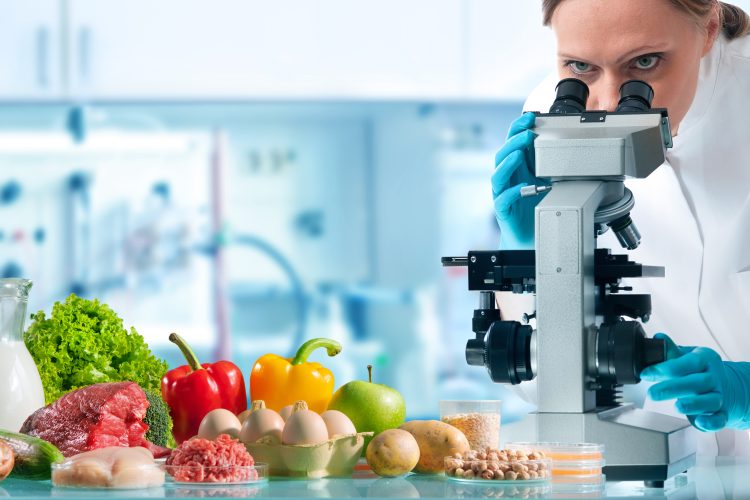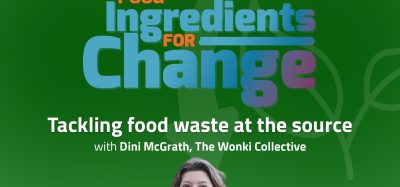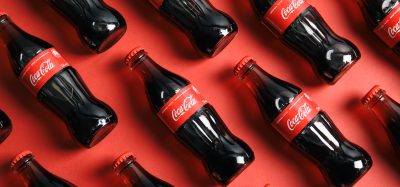New technology cuts bacterial testing to one hour, scientists claim
- Like
- Digg
- Del
- Tumblr
- VKontakte
- Buffer
- Love This
- Odnoklassniki
- Meneame
- Blogger
- Amazon
- Yahoo Mail
- Gmail
- AOL
- Newsvine
- HackerNews
- Evernote
- MySpace
- Mail.ru
- Viadeo
- Line
- Comments
- Yummly
- SMS
- Viber
- Telegram
- Subscribe
- Skype
- Facebook Messenger
- Kakao
- LiveJournal
- Yammer
- Edgar
- Fintel
- Mix
- Instapaper
- Copy Link
Posted: 12 September 2023 | Grace Galler | No comments yet
Researchers claim that they have created technology that “accurately measures viable bacteria in food within one hour” rather than the typical two days.


A team of scientists have revealed a technology that they claim could “revolutionise the process of testing bacterial viability in food”.
Created by researchers at Osaka Metropolitan University, the team allege that the tool is able to “measure viable bacteria in food within one hour, as opposed to two days, regardless of bacterial species”.
Published in the journal Analytical Chemistry, the scientists have stated that the new method of food safety testing “does not require complicated operations or expensive equipment”.
Led by Professor Hiroshi Shiigi at the Graduate School of Engineering, Osaka Metropolitan University, the research group have said that the technology can accurately determine the number of viable bacteria in food products electrochemically, using tetrazolium salt (MTT), a water-soluble molecule.
Conventional measurements to assess the number of viable bacteria in food typically take one to two days to yield results, according to Medline Plus. What’s more, the researchers have noted that the results from these measurements are typically only available after the food has been shipped from the factory, something that “could lead to potentially fatal consequences”.
“Therefore, it is imperative to have a testing method that speeds up the process of identifying bacterial contamination before shipment,” explained the team.
Claiming their new technology takes an hour to yield results, Professor Shiigi explained: “With this method, we can quickly measure the number of viable bacteria, allowing us to confirm the safety of food products before they leave the factory and to prevent food poisoning.
“This method does not require complicated operations or expensive equipment. Therefore, we will continue to optimise the measurement conditions and expect to see the development of a portable sensor in line with the development of research aimed at practical applications,” Professor Shiigi concluded.
Related topics
Food Safety, Quality analysis & quality control (QA/QC), Rapid Detection, Research & development, Technology & Innovation, Traceability









